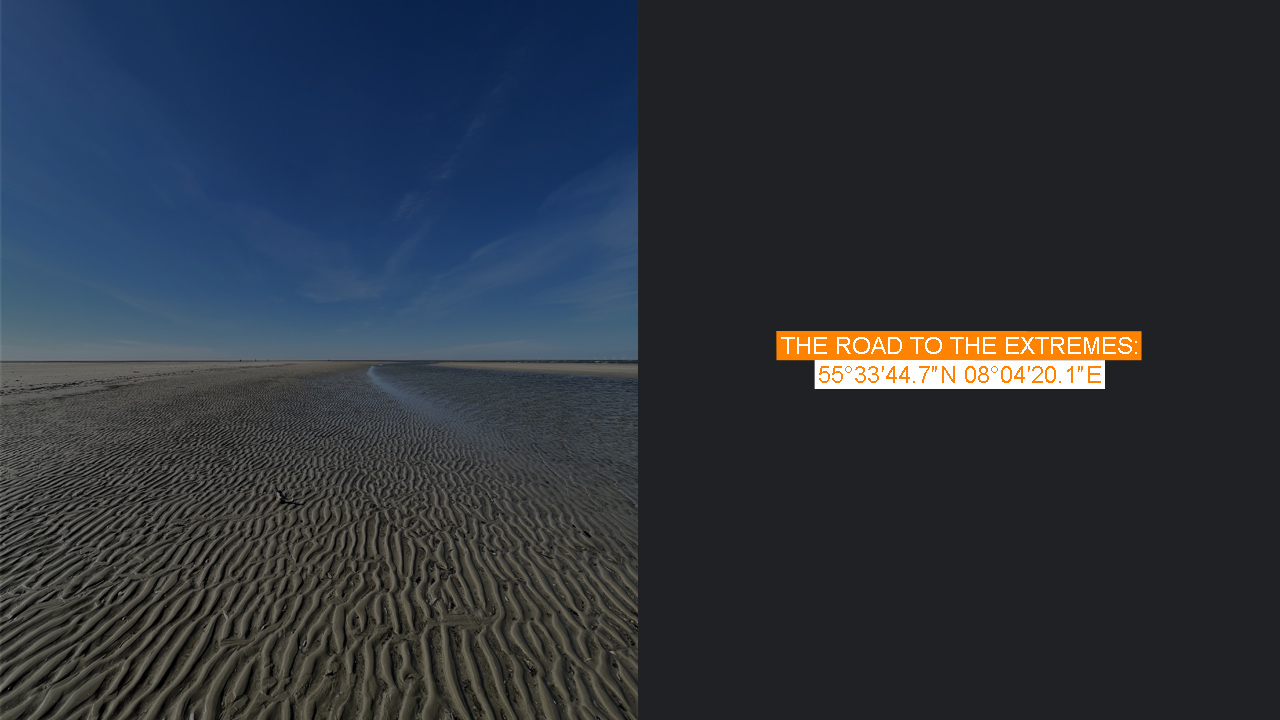Blåvandshuk is a beautiful name. It’s Danish and translates to Cape of Blue Water. Located on the western coast of Denmark, it’s just a 40-minute drive from Esbjerg. This remarkable spot marks the westernmost point of mainland Denmark, where the land meets the Wadden Sea in a wild yet tranquil embrace.
Getting there was effortless—accessible by car, which is how I made my way after spending the night at the architecturally intriguing A Place To Hotel in Esbjerg. The hotel’s modern design, with its striking minimalism and unique angles, offered both comfort and a glimpse into Denmark’s innovative approach to design.
As I approached Blåvandshuk, the landscape began to shift. The road winding toward the cape was flanked by vast stretches of heathland, dotted with low bushes and wildflowers. In the distance, the sea began to emerge, shimmering under the pale sky. The air was crisp, tinged with the refreshing scent of saltwater, and you could almost feel the raw power of the ocean stretching out beyond the horizon.
Once I arrived at Blåvandshuk, I stood at the very edge of the land, where it extends into the sea. The lighthouse, a steadfast beacon for sailors, rose proudly against the backdrop of a deep blue sky. Its white walls and red cupola created a striking contrast to the natural surroundings—a symbol of guidance and resilience. It was a humbling experience, standing at the furthest point of the country, with the vast expanse of the Wadden Sea before me.
There’s a quiet, almost meditative quality to the place—few visitors, just the sound of waves crashing against the shore and the occasional call of seabirds soaring overhead. It’s a spot where time seems to slow, and you can truly appreciate the untamed beauty of Denmark’s westernmost point.
Visiting Blåvandshuk was more than just a geographical destination. It was an opportunity to reflect, reconnect with nature, and experience Denmark in a way that felt both intimate and expansive. If you ever find yourself in this part of the world, I highly recommend taking the time to visit this special place—it’s a hidden gem that beautifully captures the essence of Denmark’s coastline.

